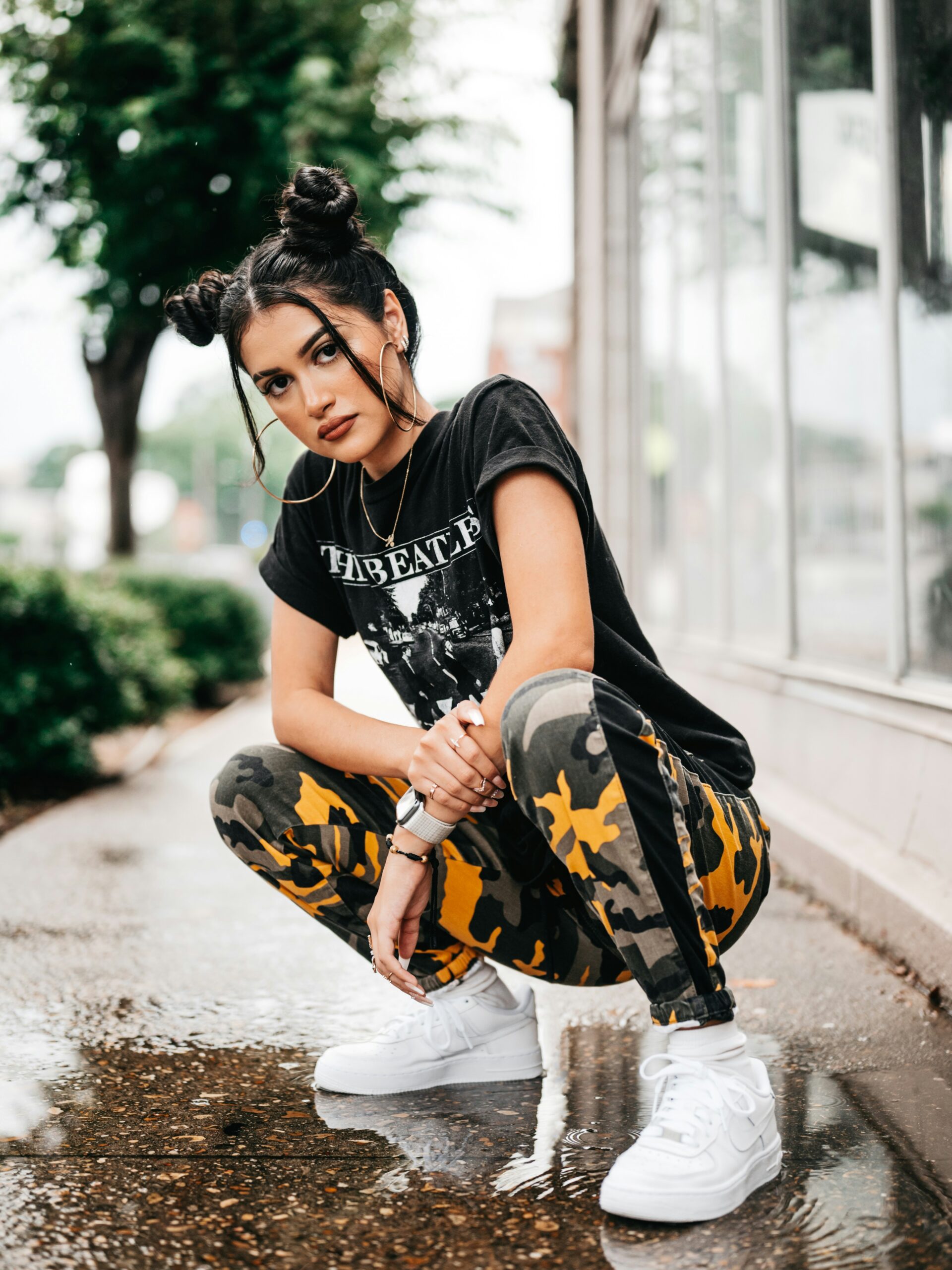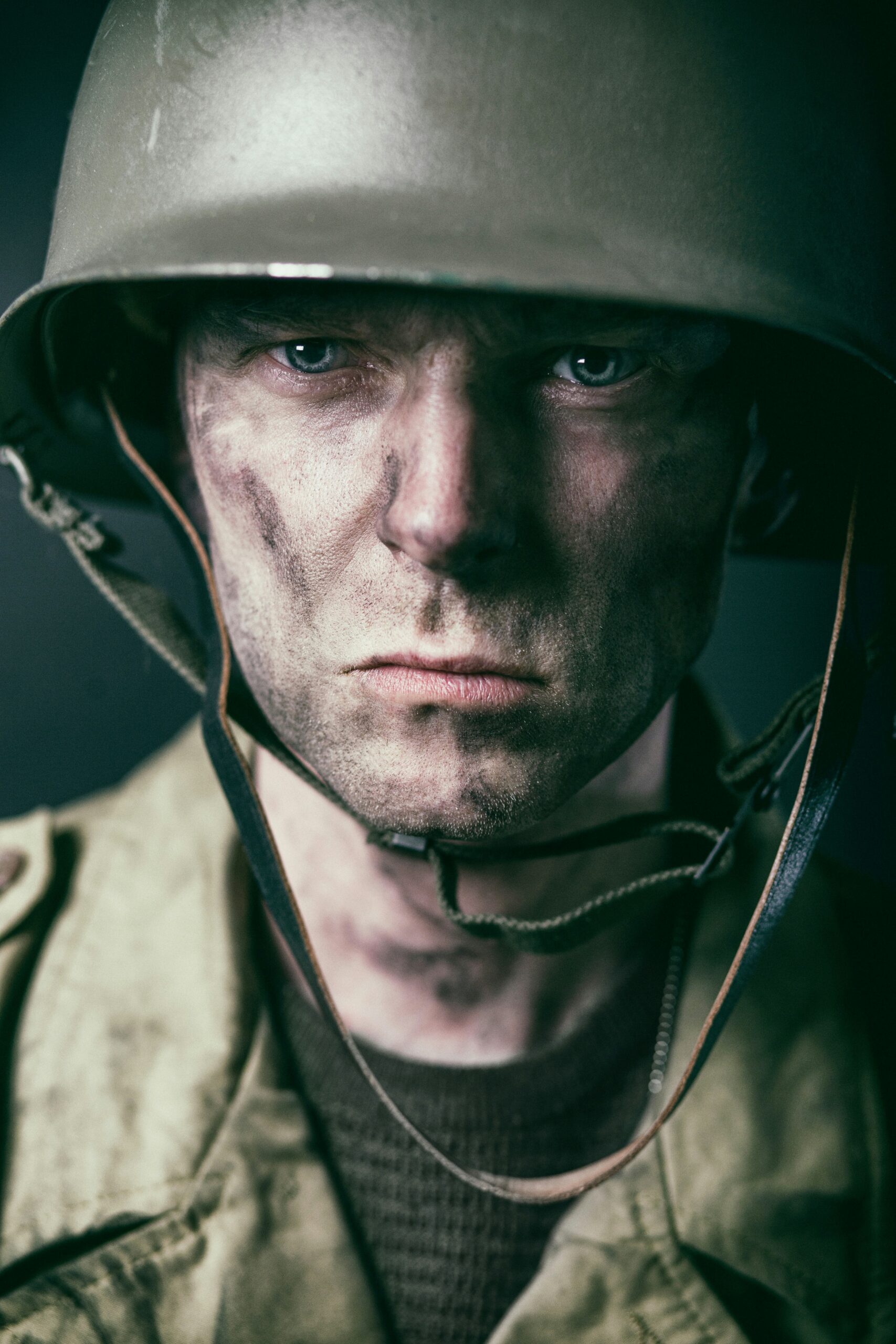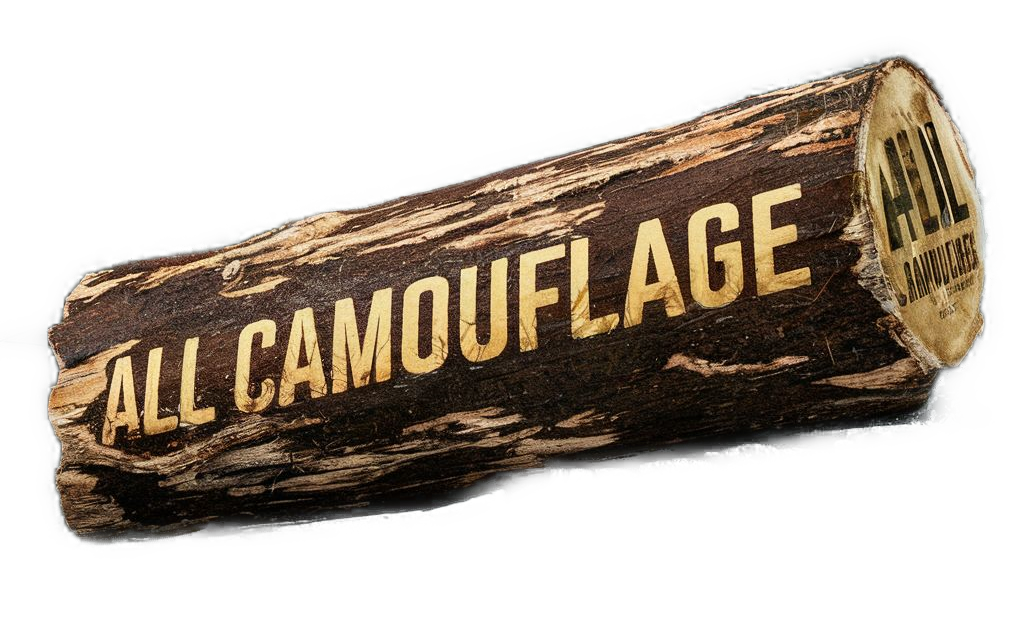Have you ever wondered if the camouflage gear you wear during those outdoor adventures can actually influence your body temperature? Maybe you’ve been out hunting, bird-watching, or snapping photographs of wildlife when, suddenly, you feel a bit warmer… or colder, depending on the weather. It turns out, those patterns and materials are not just about blending into nature. There’s an intriguing interplay between camouflage gear and your body’s thermoregulation. Let’s take a closer look.

Understanding Camouflage Gear
Before diving deep into the interplay between camouflage gear and body temperature, it’s important to understand what camouflage gear is. At its core, camouflage is designed to help you blend into your surroundings. Whether you’re a hunter stalking a deer, a photographer waiting for the perfect shot, or a nature enthusiast wanting to observe wildlife without startling them, effective camouflage makes you part of the landscape.
Materials of Camouflage Gear
The choice of material plays a significant role in determining how clothing interacts with your body temperature. Modern camouflage gear comes in a variety of materials, each with unique properties affecting warmth and breathability.
-
Cotton: Often valued for its breathability and comfort, cotton is commonplace in lighter camouflage gear. However, it isn’t great for moisture management which can lead to discomfort in damp or rainy conditions.
-
Wool: Known for excellent insulation and moisture-wicking abilities, wool keeps you warm even when wet. Despite these benefits, it is bulkier and might limit your movement.
-
Synthetics: Materials like polyester and nylon are frequently used for their lightweight and moisture-wicking capabilities. Many synthetic materials incorporate blends that can provide warmth without much weight.
Considerations for Material Choice
When deciding the material composition of your camouflage gear, consider the environment you’ll be in. Are you likely to face damp, cold conditions, or hot, dry weather?
Patterns of Camouflage Gear
The patterns themselves are designed to confuse the observer and add to the stealth of the wearer. From the spots or stripes intended to mimic natural lighting to the digital patterns that break up an outline, these patterns can also influence how heat is absorbed or reflected.
- Classic Camo: The green and brown patterns are iconic in wooded areas where they mimic the trees and underbrush.
- Desert Camo: These patterns focus on tans and light browns, aiding camouflage in sandy and dry landscapes.
- Snow Camo: Predominantly white with touches of gray, snow camouflage helps blend into snowy terrains.
While these patterns effectively break your outline to potential observers, they also have a secondary effect: influencing how much heat is absorbed from the sun. Patterns that are lighter in color can reflect more sunlight, keeping you cooler, while darker patterns absorb more heat, potentially increasing your body temperature.
How Body Temperature is Regulated
Understanding how gear affects your body temperature first demands a grasp of your body’s internal thermostat. Your body maintains a stable internal environment through a process called thermoregulation, operating somewhat like a biological thermostat.
Mechanisms of Thermoregulation
-
Sweating: This is the body’s natural air-conditioning system. When it gets too hot, sweat glands release fluid that evaporates, providing a cooling effect.
-
Shivering: The involuntary contraction of muscles to produce heat when you’re cold.
-
Blood Flow: By managing how much blood flows near the surface of the skin, your body can either release heat or retain it, accordingly.
Factors Affecting Thermoregulation
Various factors influence how well you thermoregulate, such as age, level of hydration, physical fitness, acclimatization to the surroundings, and even how much sleep you’ve had.
The Role of Environmental Conditions
Aside from personal physical factors, your environment matters. Temperature, humidity, wind speed, and even sunlight exposure play pivotal roles in how your body manages heat. During high humidity, for example, sweat evaporates more slowly, making it harder for the body to cool down.
Interaction Between Camouflage Gear and Body Temperature
Having reviewed the basics of camouflage gear and thermoregulation, let’s explore their interaction. The varying materials and designs of camouflage can both aid and hamper your body’s natural thermoregulation.
Insulative Properties
Certain materials used in camouflage gear provide insulation to help maintain body heat. In cooler environments, wearing wool or synthetic blends can make a significant difference by keeping you warm.
Breathability and Ventilation
In hotter environments, highly breathable materials such as lightweight synthetics can help with ventilation, allowing sweat to evaporate more efficiently and preventing excessive heat build-up.
Moisture Management
Some gear is equipped with moisture-wicking technology, drawing sweat away from your skin to the surface of the fabric where it can evaporate quickly. This design feature helps maintain comfort and regulate body temperature effectively.
In environments with rapidly changing weather conditions, having gear that excels in moisture management is advantageous, ensuring you stay dry and comfortable.
Impact of Combined Gear Components
The interaction of various components in your camouflage outfit can impact how effectively your body maintains a stable temperature. Understanding these can aid in gearing up accordingly.
Layering Strategies
Proper layering is key in managing body temperature. Using a combination of base layers, mid-layers, and outer shells, you can effectively trap heat or vent excess warmth as needed.
| Layer | Purpose |
|---|---|
| Base Layer | Wicks moisture from skin |
| Mid-Layer | Provides insulation |
| Outer Layer | Protects against wind and rain |
Accessory Considerations
Don’t overlook other parts of your ensemble like hats, gloves, and boots. They play a crucial role in comprehensive body temperature regulation.
- Hats and Hoods: They reduce heat loss from the head or provide shade to keep cool.
- Gloves: Insulate hands to prevent heat loss, especially useful in colder climates.
- Boots: Crucial for foot insulation and moisture management.
The Role of Color in Heat Absorption
A perhaps surprising aspect is the role that color plays in determining how much heat your gear traps or reflects. Lighter colors tend to reflect sunlight, potentially keeping you cooler in hot climates, while darker shades are more apt at trapping heat, useful in cooler settings.

Adapting Camouflage Gear to Different Climates
Given that no two environments are the same, staying prepared with the right gear for each setting ensures both effectiveness in stealth and comfort.
Cold Climates
In cold environments, prioritize insulation. Layering strategies can prove beneficial to adapt to fluctuating temperatures. Opt for materials that remain effective in wet conditions, like wool, and integrate wind-resistant outer layers.
Hot Climates
In contrast, hot climates demand gear that prioritizes ease of movement and ventilation. Lightweight, breathable fabrics with effective moisture-wicking properties are preferred to minimize overheating.
Wet Conditions
Waterproof or water-resistant outer layers become invaluable in wet climates. Ensuring your gear remains dry aids in sustaining thermal comfort.
Dry Conditions
In arid, less humid areas, focus on managing sun exposure. Gear that offers a degree of UV protection without adding unnecessary warmth will keep you comfortable.
Conclusion: Finding the Balance
Camouflage gear does affect body temperature, influenced by materials, patterns, layering, and environmental conditions. Like many things in life, finding the perfect balance requires understanding the options and knowing your environment. By paying mindful attention to how you gear up, you’ll not only blend in effectively but stay comfortable no matter where your outdoor adventures take you.


